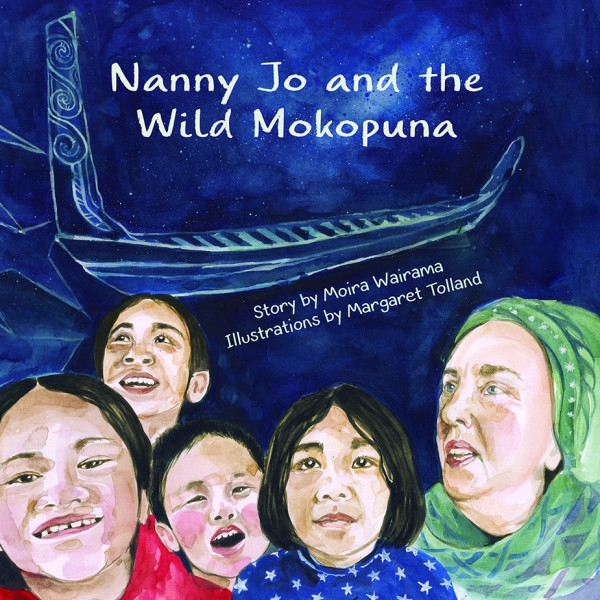
Bluebeard’s Castle
Presented by: New Zealand Symphony Orchestra and NZ Opera
Conducted by: Lawrence Renes
Michael Fowler Centre, 13th Aug 2023
Reviewed by: Dawn Brook
In my concert experience this year, I can’t imagine that anything will eclipse this performance of Bartók’s opera, Bluebeard’s Castle.
The work calls for a large orchestra stacked with percussion, brass, woodwind, and fewer strings than one might have expected, and two singers, a dramatic soprano and a dramatic baritone. The New Zealand Symphony Orchestra was on fire throughout the performance with immaculate, precise but emotional and intense playing. Lester Lynch from the United States was Bluebeard and Susan Bullock from England was his wife, Judith. Both had glorious, unforced, effortless voices. Unlike much romantic and dramatic opera, their parts were not florid or ornamented. The rhythms were speech-like and their diction was excellent. Bartók’s orchestration is extremely well matched to what is happening on the stage and to the ebb and flow of the feelings of the characters. The conductor did a superb job of uniting the performance.
While the music performed was as composed, the tale was not. The original interpretation of a fable is a ghastly tale of a woman in love with a man about whom horrible rumours abound. Nevertheless, she demands that he releases to her the secrets of his life. Her entry into his castle ends with her discovering his three dead wives, whom she joins.
This production, however, is an astonishing and powerful reinterpretation of the story, recast by the UK-based Theatre of Sound to centre on a loving couple whose lives disintegrate when Judith is affected by dementia. Surprisingly, the original libretto fits the new scenario convincingly. The audience sees and feels the memories, the love and tenderness, the frustration, loneliness, fear, and anguish the couple experiences. The acting was strong, sensitive, and subtle and the effect compelling and harrowing.
Altogether this was an outstandingly rewarding performance, musically, dramatically, and emotionally.






















